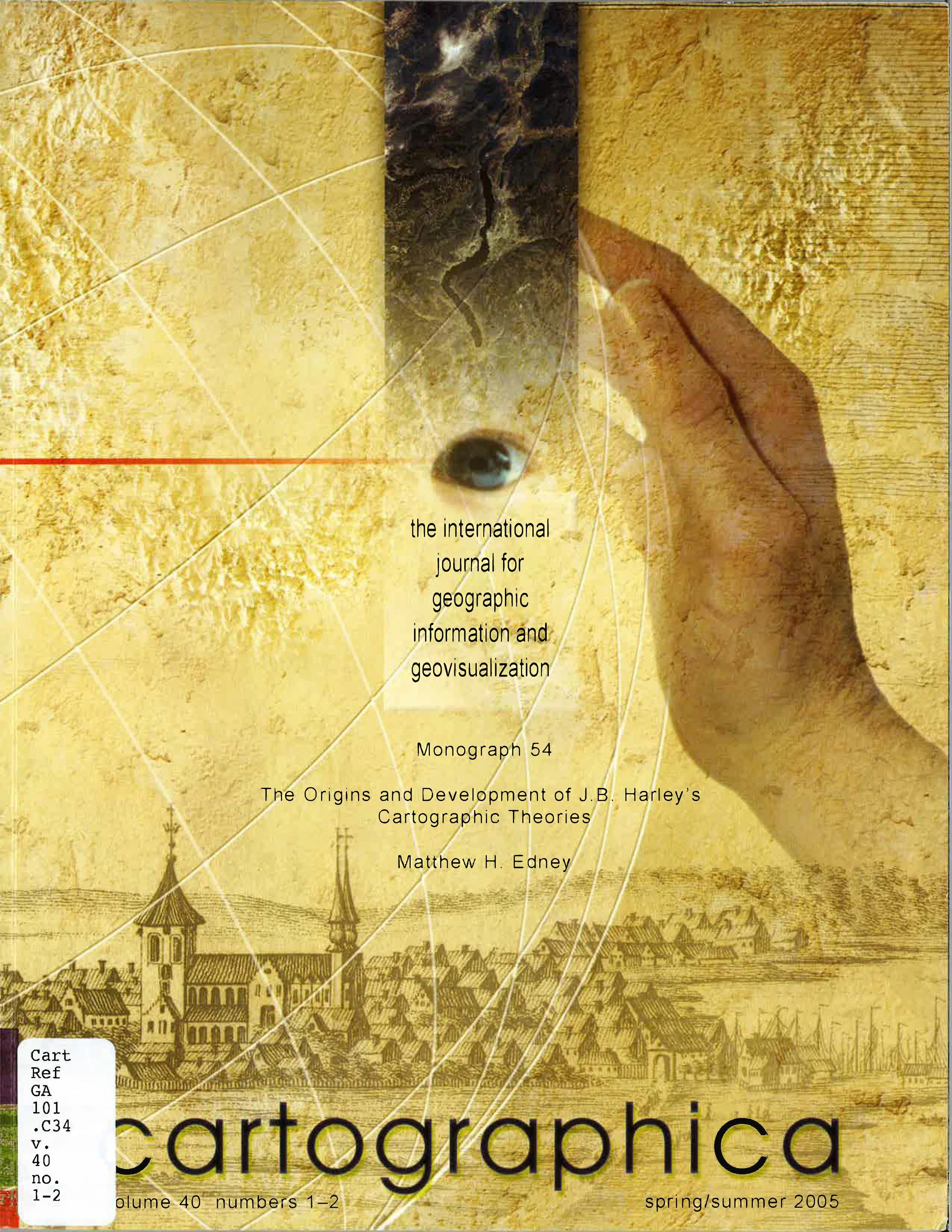How to Sell Maps in the Eighteenth Century
/In searching for the source of a certain quotation, I encountered the kind of literature that I normally don’t look at, specifically a mass of “literary anecdotes” assembled and then printed by the publisher, poet, and editor John Nichols (1745–1826). I found the following passage that gives some colorful insight into the hawking of maps in eighteenth-century Cambridge:
One Nicholson, I remember my Father told me, used to come up the staircases of St. John’s and other Colleges, and cry out, “Maps and Pictures.” He soon got the nickname of Maps, which his Son, hight in your time and to this hour Maps, still inherits; but this Maps is now said to be the richest Bibliopolist that is, or ever was, in Cambridge. I aver that “Maps and Pictures” never was a general phrase, but merely confined to this Family.
Rev. Michael Tyson to Richard Gough, 3 January 1780
(Nichols 1812–16, 8: 659)
Tyson and Gough had been contemporaries at Corpus Christi College, Cambridge, and were both interested in British antiquities. Gough is the far more famous today as the author of many major works (and it was a quotation by him that I was after). Tyson was also an artist and engraver who assisted Gough and other antiquaries in the reproduction of images.
The Oxford DNB entry on John Nicholson (1729/30–1796) gives some explanation and clarification. Son of a farmer, Nicholson had set up as a book seller in Cambridge from a street stall. In 1752 he married Mary Anne Watts (c.1730–1814), daughter of Robert Watts, a bookseller and keeper of a circulating library who had premises hard by King’s College Cambridge. Nicholson took over the business and expanding its undergraduate custom:
He was celebrated for hawking his stock and ready-made undergraduate themes (essays) round the colleges, and inherited from Watts the nickname ‘Maps’, after his familiar call. For suitable fees (some thought them expensive), he was able to provide both themes and sermons in manuscript. This necessarily discreet business won him many friends. (McKitterick 2008)
So, not quite what Tyson remembered, but close enough.
Also, I found the original note that had been quite improperly contextualized by a source (currently inaccessible) or by myself in taking notes (now lost) from that source, all of which is why I wanted to find the original and check, and also found the source of another quotation.
(The cover image is the painting of Nicholson that he had commissioned in 1788 and that he gave to the Cambridge University Library.)
References
McKitterick, David. 2008. “Nicholson, John (1729/30–1796).” Oxford Dictionary of National Biography (3 January 2008), https://doi-org.ezproxy.library.wisc.edu/10.1093/ref:odnb/20138.
Nichols, John. 1812–16. Literary Anecdotes of the Eighteenth Century: Comprizing Biographical Memoirs of William Bowyer, Printer, F.S.A. and Many of His Learned Friends; An Incidental View of the Progress and Advancement of Literature in this Kingdom during the Last Century; and Biographical Anecdotes of a Considerable Number of Eminent Writers and Ingenious Artists. 9 vols. London: Nichols, Son, and Bentley for the author.




